
Nursing Reform
Organised training of nurses and formal nurse uniforms were introduced.
Nurse Training School Officially Recognised
Training has long been an important facet of the hospital’s operations, especially in the early years when paediatric care was still developing as a specialty discipline.
Nurse Training Given an Overhaul
Formal lectures and examinations were introduced, with badges and certificates awarded to successful trainees.
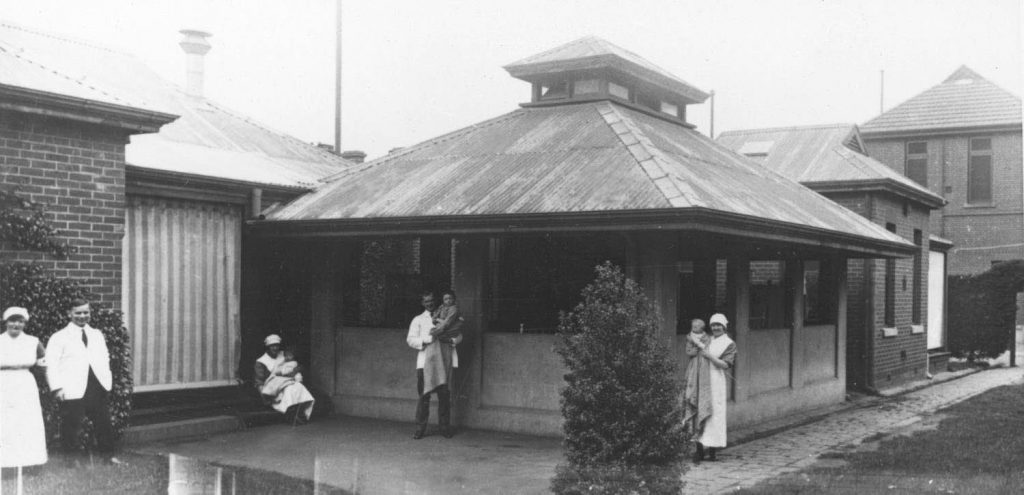
Change to the Infectious Diseases Policy
Diphtheria and scarlet fever patients were treated as outpatients - they had previously been refused care due to risk of contagion.

Mary Guthrie
Guthrie became a member of the Committee of Management and played an active role at the hospital until 1931. During the early 1920s Guthrie was instrumental in establishing the Auxiliary service at the Children’s Hospital.
Behring’s Diphtheria Antitoxin Successfully Used
Diphtheria is an infectious disease that is now largely prevented by immunisation.

Competition for a New Building Design
May 1896
The winning entry was not implemented, the committee inexplicably actioned a different design to replace Redmond Barry’s house.
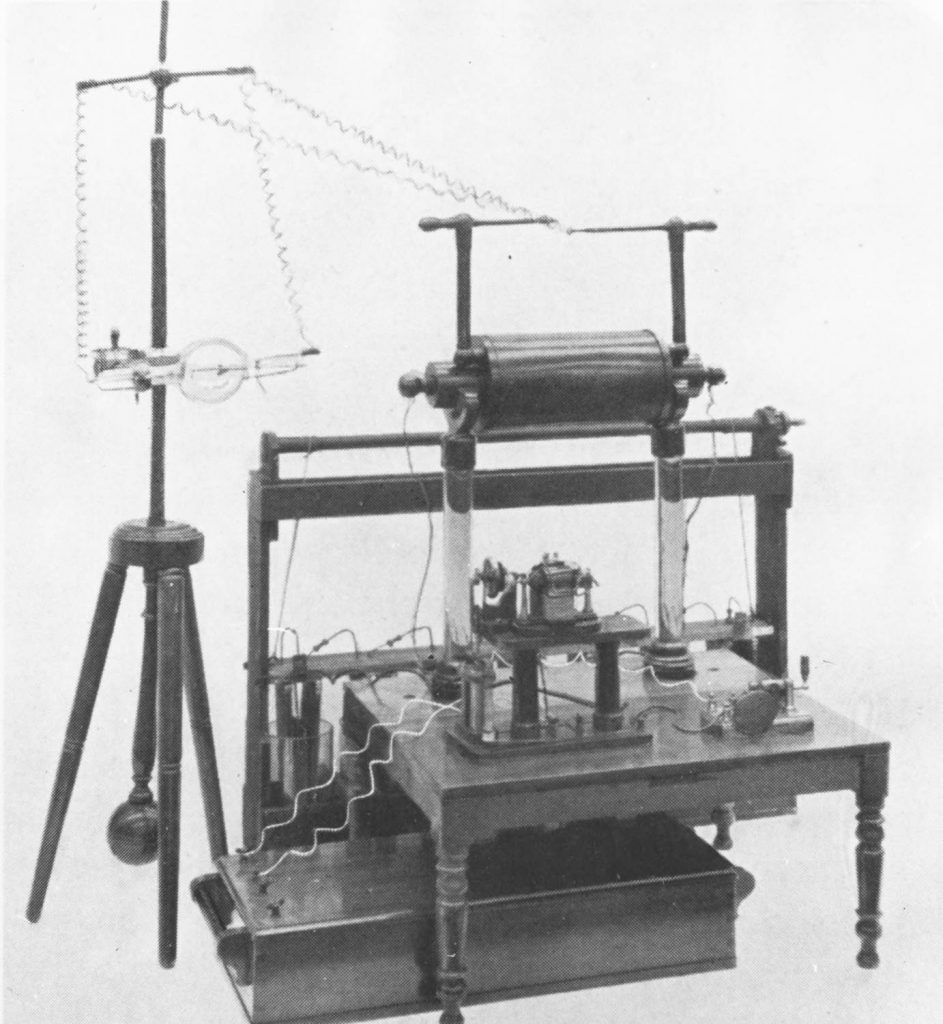
The Hospital’s First X-ray Apparatus
Eager to stay up-to-date with new technology, the hospital committee purchased x-ray equipment for £25.

Radiology Department Established
Led by Dr Herbert Hewlett, the hospital kept abreast of diagnostic developments available with this new discipline and was the first Melbourne public hospital with a radiology department.
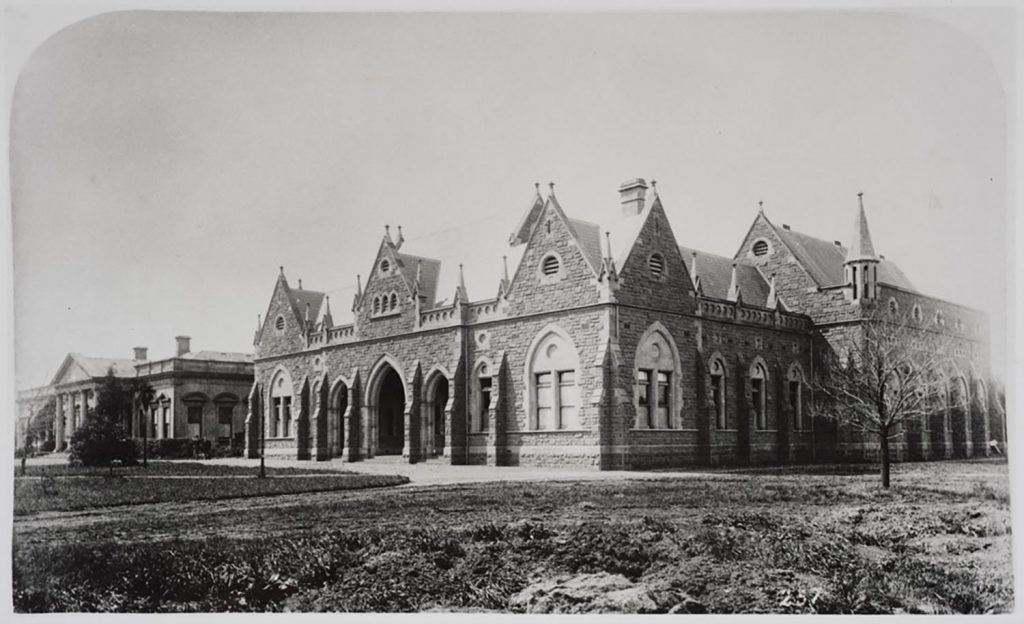
Formal Ties Created With the University of Melbourne
Dr William Snowball joined the faculty of medicine. It soon became compulsory for medical students to complete some paediatric training at the hospital.
Image courtesy of the Medical History Museum, University of Melbourne.

First Splint Technician Hired
The splint workshop became a crucial service for the hospital, as well as an avenue of training and employment for prior patients.
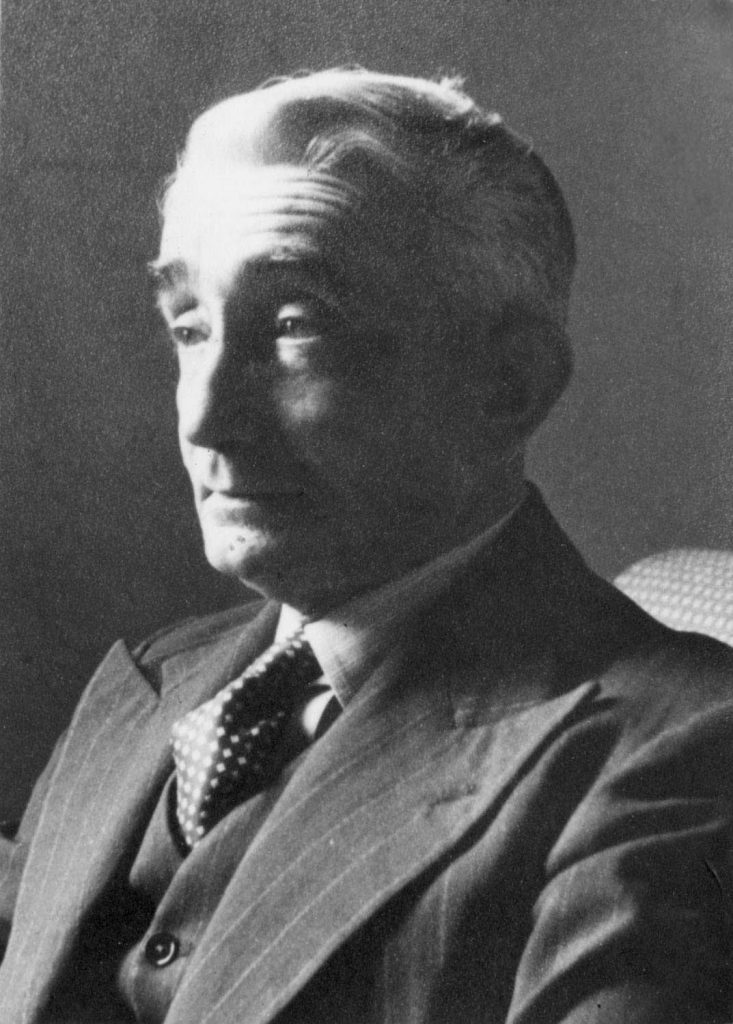
First Full-time Pathologist Appointed
Dr Reginald Webster was the first full-time pathologist at any Melbourne hospital. He stayed in the role until 1947.

Increase in Physiotherapy Treatments
A polio epidemic in Victoria saw a need for the hospital to hire more physiotherapists, further solidifying the role of physiotherapy as a key aspect for after-care of patients.

Discovery of Insulin
Discovered in Canada, insulin has saved lives worldwide.
Polio Serum Trials
First use of human immune serum delivered in the pre-paralytic stage of polio. Research into the serum saw its use discontinued.
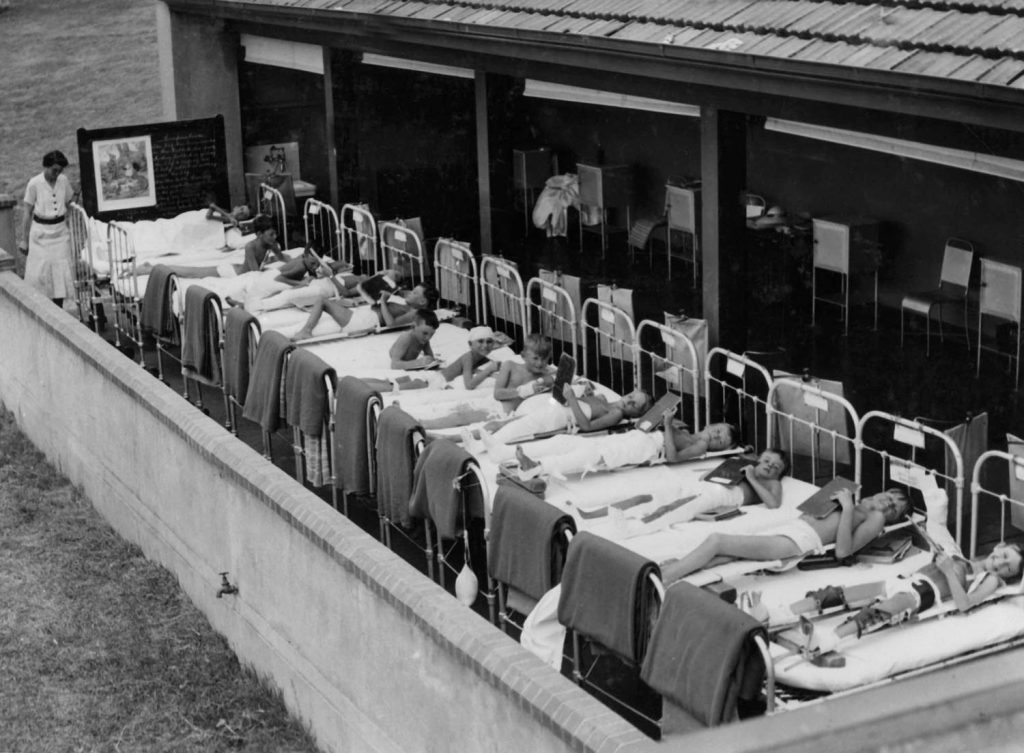
Heliotherapy Introduced to Australia
Doctors who had worked in Europe during the war brought the concept of heliotherapy to Australia. Mr Wilfred Kent Hughes was a particularly strong advocate for the treatment style and a heliotherapy ward was opened at the Hampton Convalescent Home.

First Social Worker Employed
Isabel Hodge was the first social worker at the hospital, she quickly demonstrated the value of her role.

Occupational Therapy
The Children's Orthopaedic Hospital used occupational therapy to help children develop practical skills and strengthen their muscles.
Ruth Drake
Drake initiated services that became known as Speech Therapy, Audiology, and Psychotherapy. She introduced the hospital to the concept of ‘play therapy’. She was with the hospital until 1964.
Dr Eric Price
Appointed honorary surgeon at The Children’s Orthopaedic Hospital, Price became chief of orthopaedic surgery from 1946-1962 and developed many procedures for the care of orthopaedic patients.
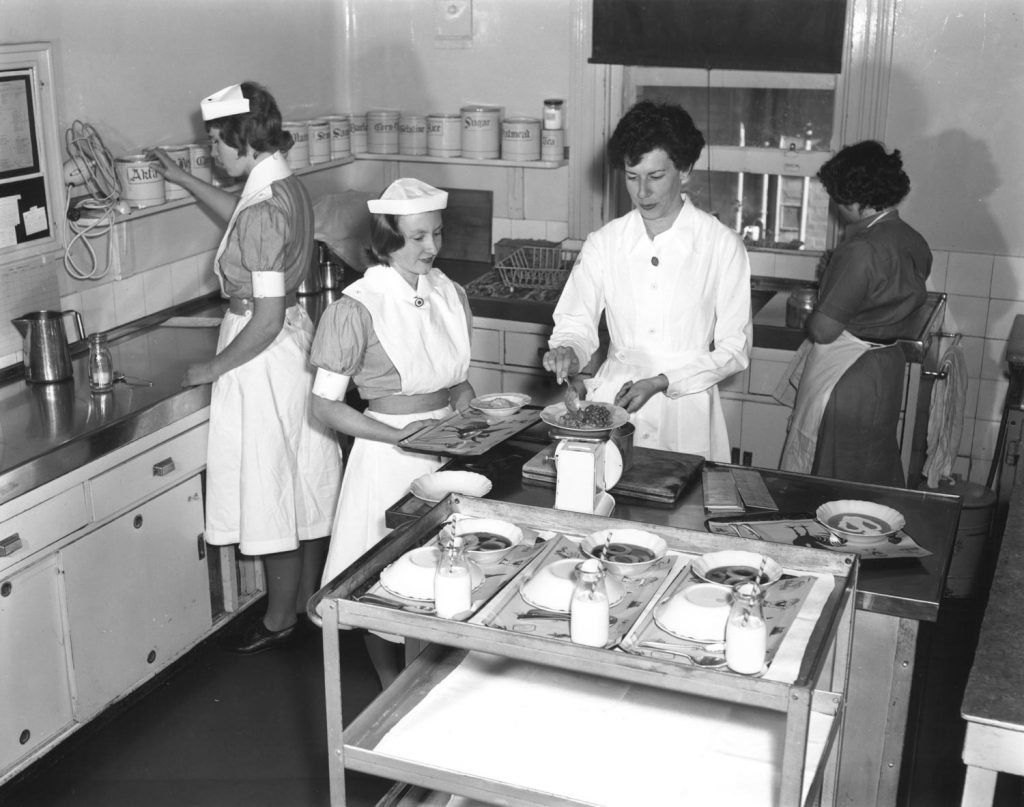
Dietetics Clinic Established
While the department was established in 1938, it wasn’t until 1940 that control of the kitchens and menus was relinquished to the dietetics team.

Dr Elizabeth Turner
The first woman to become medical superintendent at the hospital, Turner also administered the hospital’s first penicillin treatment in 1944 and was instrumental in the development of a travelling incubator to help bring babies to the hospital.
Beginning of the Antibiotic Era
First discovered by Sir Alexander Fleming in 1928, antibiotics entered general use at the hospital in the 1940s.
Specialist Appointments
In a show of the professional developments of the time, the hospital committee appointed three new specialists: Mr Reginald Hooper as neurosurgeon; Dr Graeme Robertson as neurologist; and Mr Benjamin Rank as plastic surgeon.

Antibiotic Streptomycin Tuberculosis Treatment
Dr Stanley Williams applied the hospital’s first treatment of tuberculosis with streptomycin.
Medical Imaging Department Established
Cyril Murphy was the first chief photographer. Joe Szczepanski filled the role at The Children’s Orthopaedic Hospital from 1950.
Establishment of the Clinical Research Unit
First Trials of Leukaemia Treatment
Led by Dr John Colebatch AO, the hospital implemented the world’s first controlled trial of chemotherapy treatments for leukaemia - previously considered untreatable.
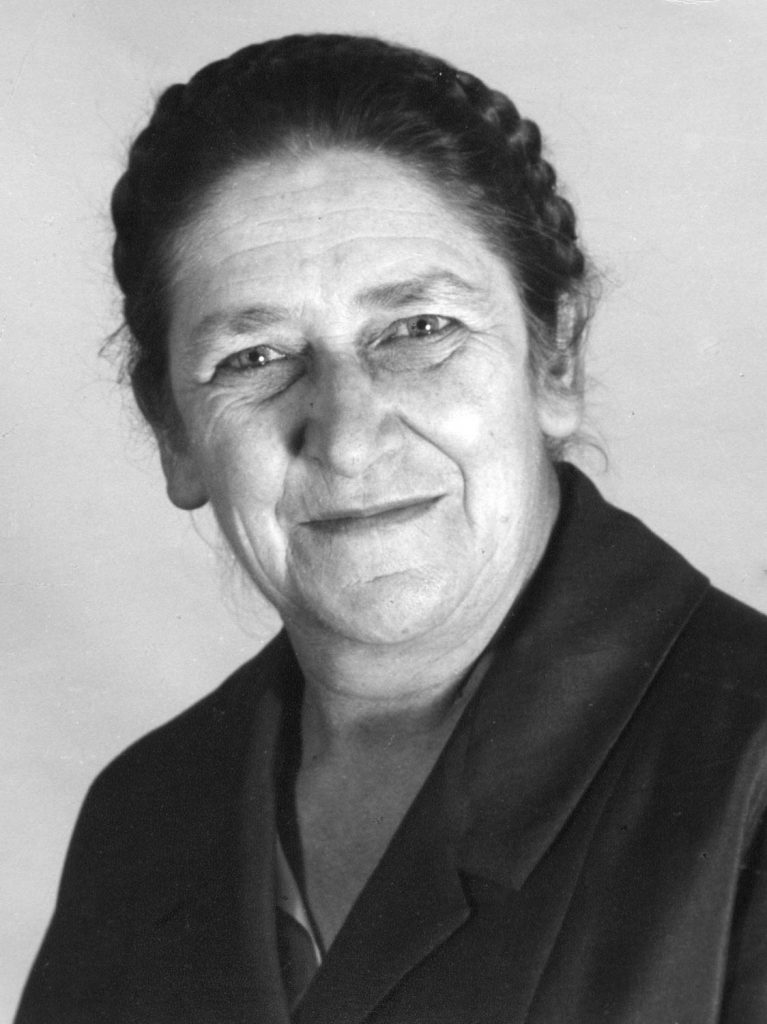
Dr Margaret (Gretta) McClelland OBE
Appointed senior paediatric anaesthetist, McClelland became the hospital’s first full-time director of anaesthesia in 1956 and was with the hospital until retirement in 1970. She was involved in improvement of anaesthetic techniques.
First Attempt to Separate Conjoined Twins
Neurosurgeon Mr Reginald Hooper conducted surgery on twin girls joined at the head. Sadly, the operation was unsuccessful.

Mr Peter Jones
Jones began a long surgical career at the hospital. He was a prolific researcher, publisher and regarded as a wonderful teacher. In 1970 he became chairman of the senior medical staff. He also designed the coat of arms for the hospital.
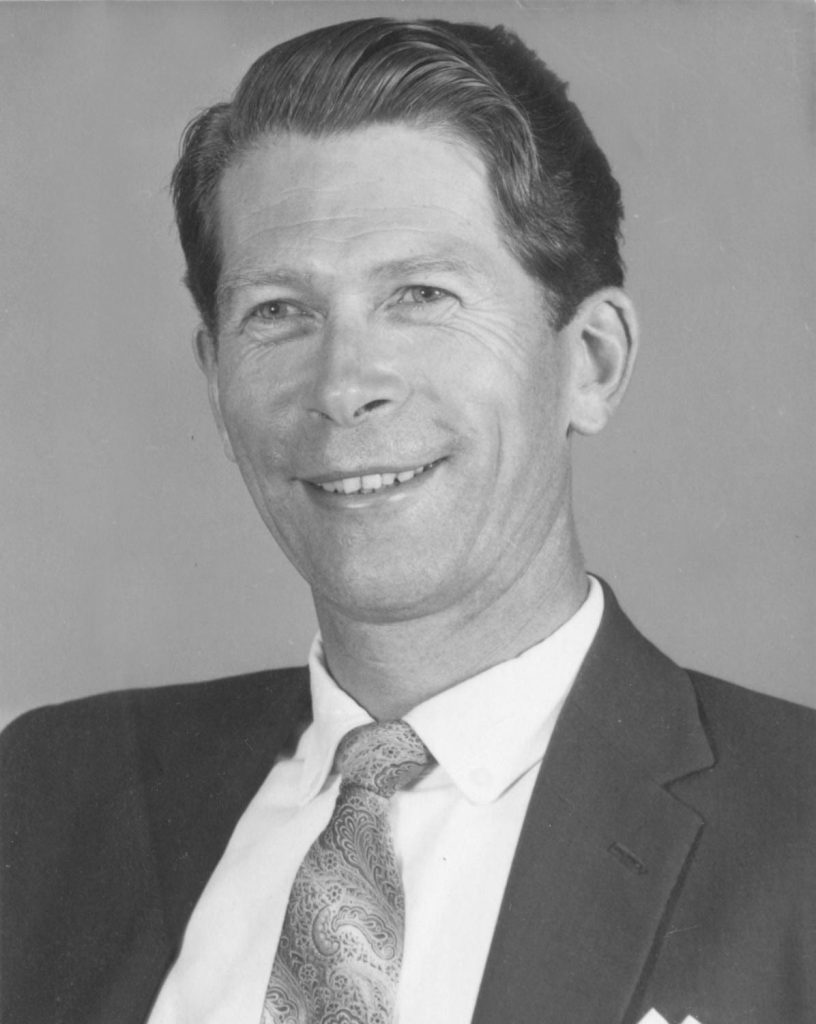
Dr Harry Hiller
Appointed director of radiology, Hiller introduced many improvements in the way of equipment and techniques.

Dr Winston Rickards AM
Appointed as the first director of psychiatry, Rickards developed a multi-disciplinary approach to child mental health and his research achieved many breakthroughs.

Burns Unit Established
Dr A Murray Clarke led the establishment in response to the high occurrence-rate of patients admitted with burns.

Eddie Keir OAM
Keir became chief audiologist and remained in the role until 1997. He had a background in electrical engineering and child psychology and under his guidance the Audiology Department addressed the behavioural problems of children with hearing impairments.

The Royal Children’s Hospital Research Foundation Established
The foundation’s objectives were to support and promote research in all areas of child health.

Dorothy Cook
Cook became chief pharmacist and was instrumental in the rapid growth of the department, particularly after the move to Parkville.
Image credit: Laurie Richards Studio
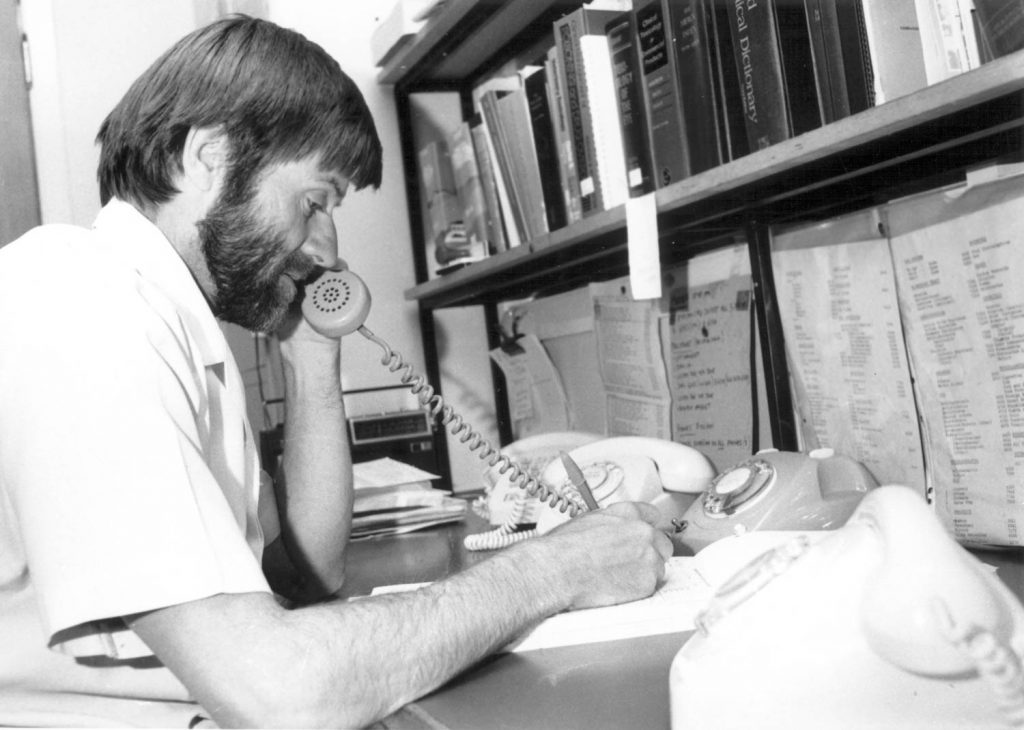
Poisons Information Centre Opened
Dr John Perry was a key instigator of the establishment of a poisons register and resource for parents and health professionals.
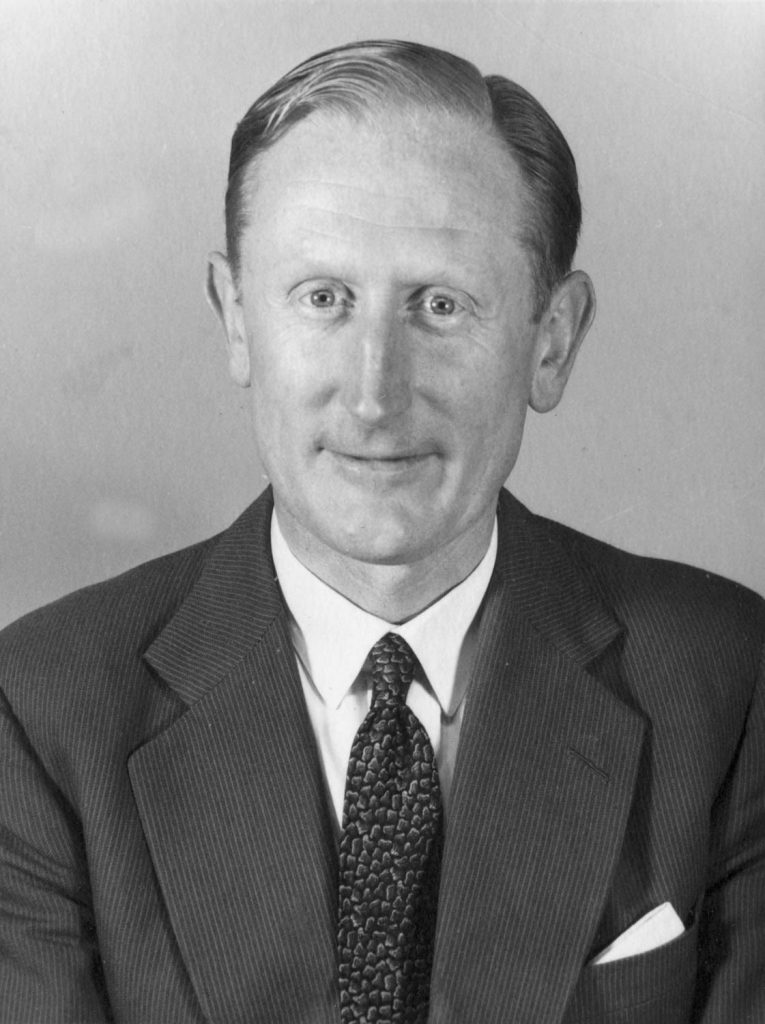
Endocrine Clinic Formally Established
Of particular relevance to the care of children, Dr Norman Wettenhall AM’s interest in endocrinology was formalised as a specialty area of research.
A Designated Intensive Care Unit Area is Established
Anaesthetists Dr John Stocks and Dr Ian McDonald began to implement prolonged endotracheal intubation.
Dr Ian Hopkins OAM
The first in Australia to specialise in paediatric neurology, Hopkins was assigned as head of neurology, where he introduced many improvements and technological advancements.
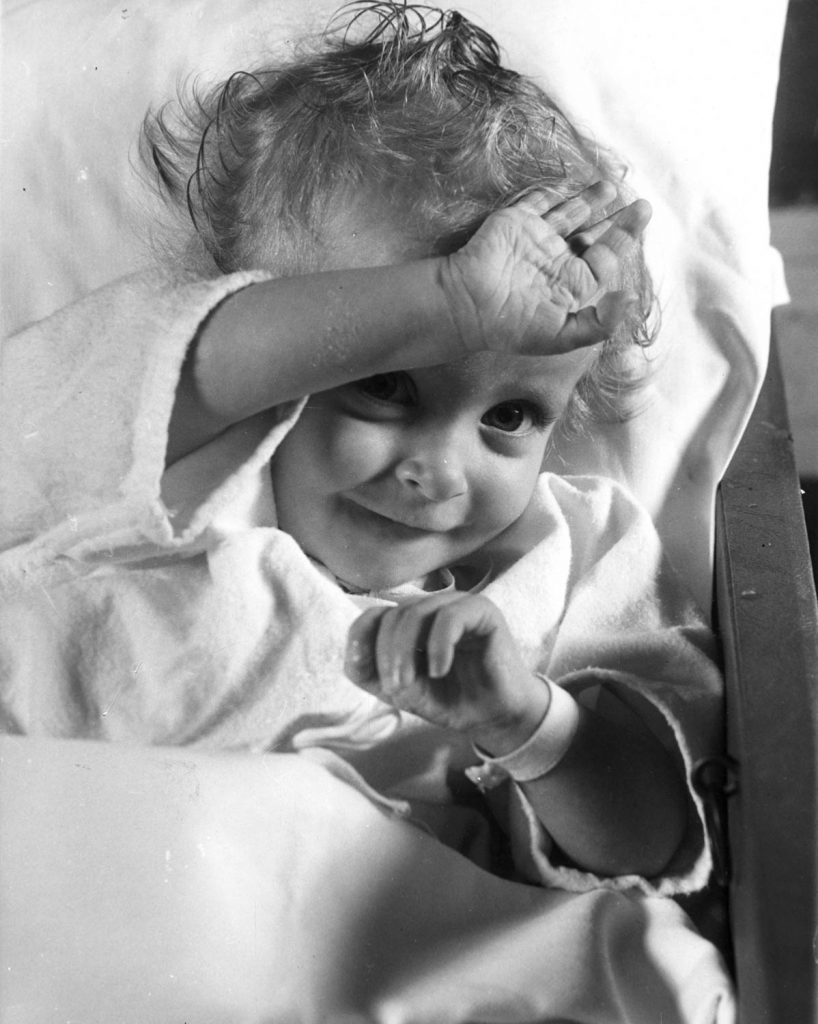
Cardiology Department Formally Established
Cardiology as a specialisation had been developed since the 1950s under the leadership of Dr Mostyn Powell. Powell’s trainee Dr Alex Venables was appointed director.
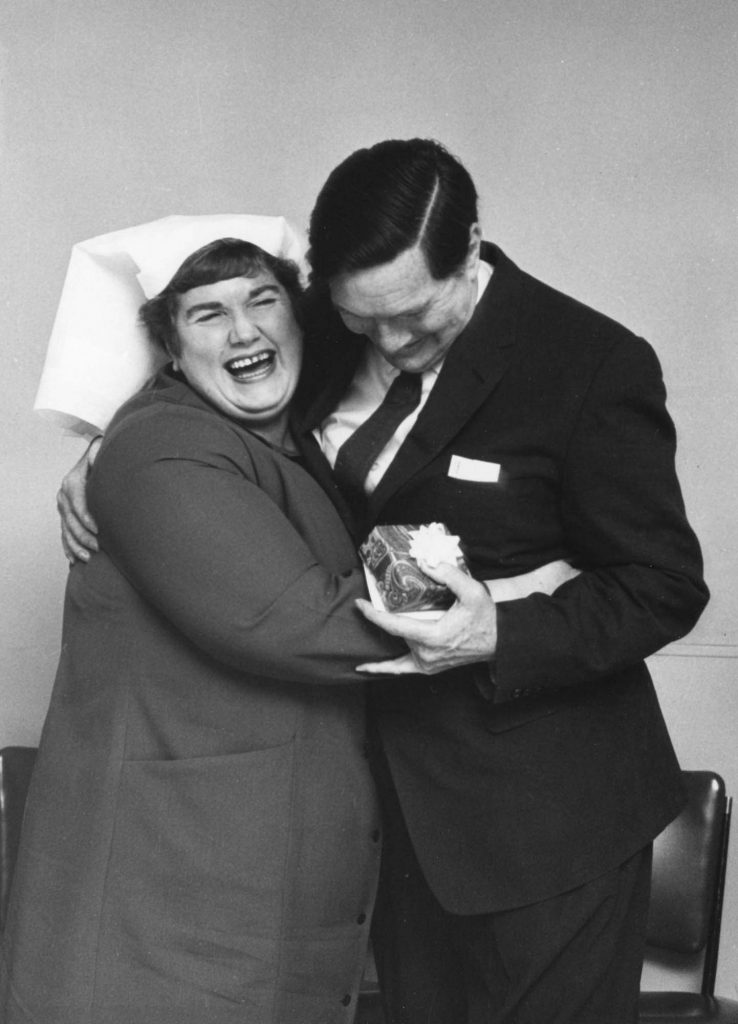
Matron Elaine Orr
Previously matron at The Children’s Orthopaedic Hospital, Orr was recruited as director of nursing for the main hospital. She introduced modernisations to nursing uniforms.

The Royal Children’s Hospital School
The school was first established as an annex to The Children's Orthopaedic Hospital. When the long-term patients moved to Parkville in 1971, the school did, too. Now known as the RCH Education Institute, the department keeps patients connected to learning.
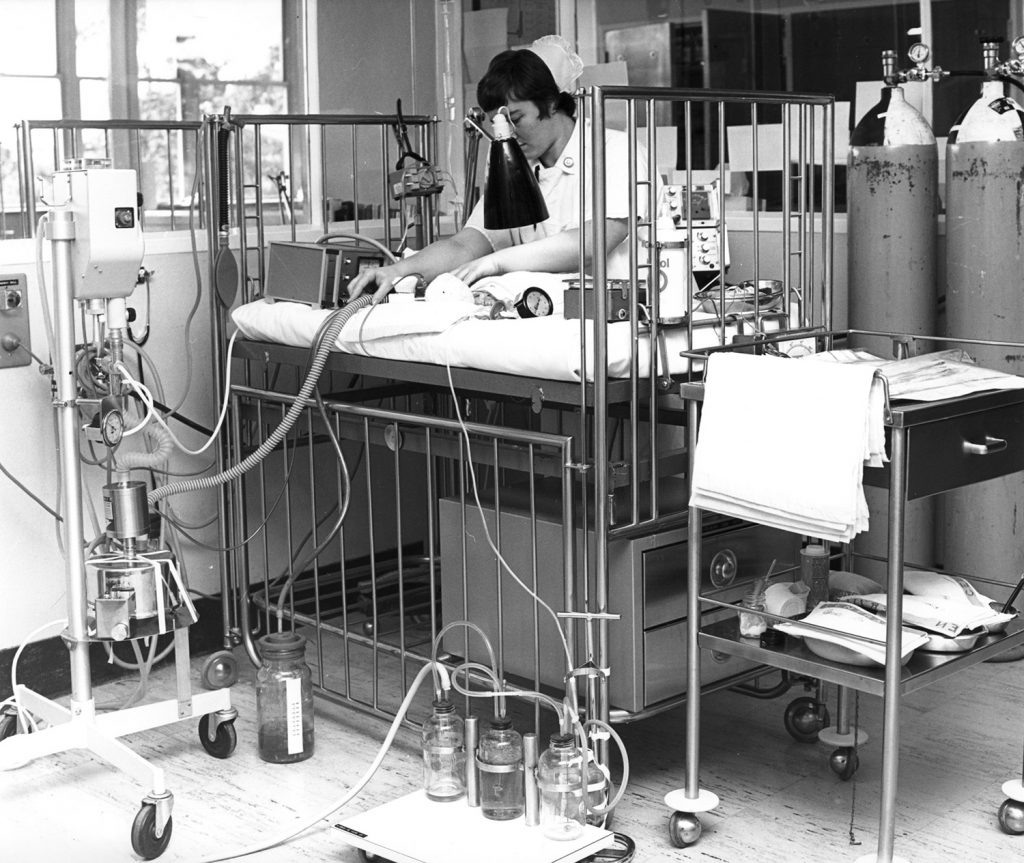
Dr John Stocks Trialled a New Method to Keep Babies’ Lungs Inflated
Continuous Positive Airway Pressure (CPAP) treatment saves the lives of hundreds of premature babies.

The Children’s Orthopaedic Hospital Closed
A reduction in the occurrence of diseases that caused need for the facility meant that The Children's Orthopaedic Hospital was able to close its doors.

Nephrology Clinic Formally Established
Under direction of Dr David McCredie AM, facilities for dialysis treatment of children were established.
Department of Thoracic Medicine Established
Professor Peter Phelan AM was appointed director.
Intensive Care Department Established
Initially part of the Anaesthetic Department, Intensive Care became autonomous, with Dr Geoff Barker as director.
Dedicated Psychiatric Ward Established

Two Sets of Conjoined Twins Safely Separated
In August the Foo twins, Yew Sun and Yew Te, were separated by Mr Peter Jones. In October the Priestly twins, Grant and Andrew, were separated in an operation headed by Mr Nate Myers AM.
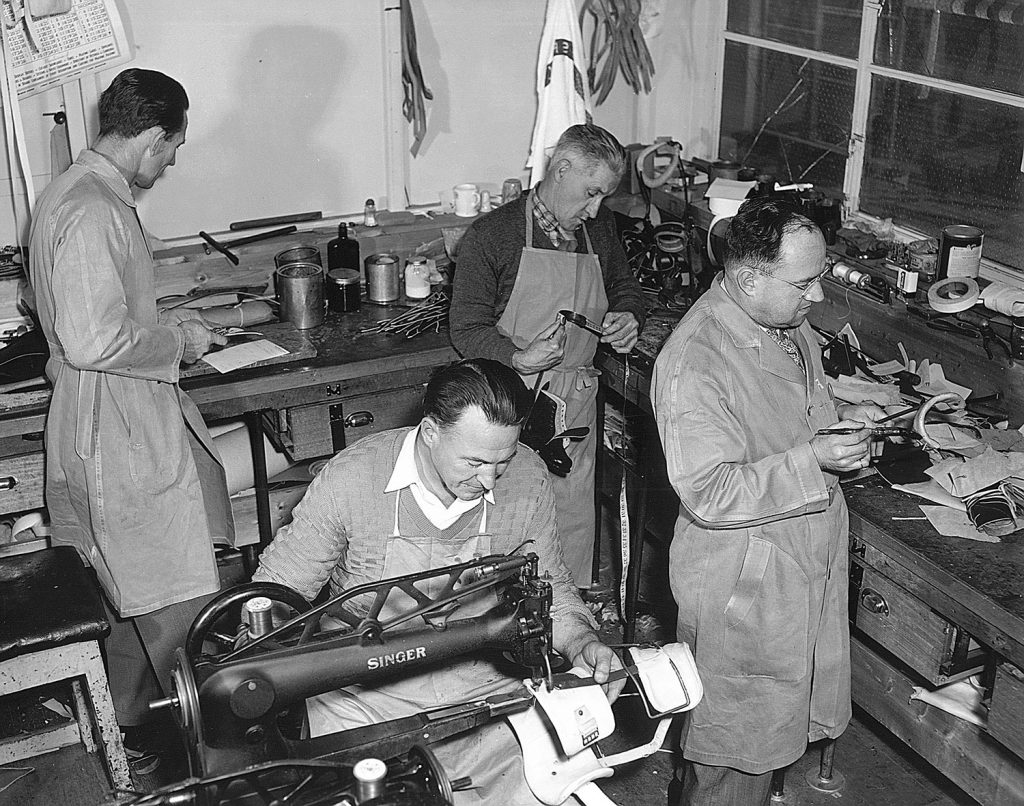
Splint Shop Became Orthotic Department
From the 1950s, due to increased efficacy and implementation of immunisation, contagious diseases such as bone tuberculosis began to decline. With the diminished need for splints, in the 1970s the Splint Shop began to serve a wider range of conditions, using synthetic materials to create orthoses and prosthetics.
Ultrasound Technology Introduced at RCH
Dr Valerie Mayne secured the purchase of an Octoson ultrasound machine, which was an Australian design.
Play Therapy Program Instigated
Fiona Anderson was head-hunted from Great Ormond Street Children’s Hospital to develop the programme.
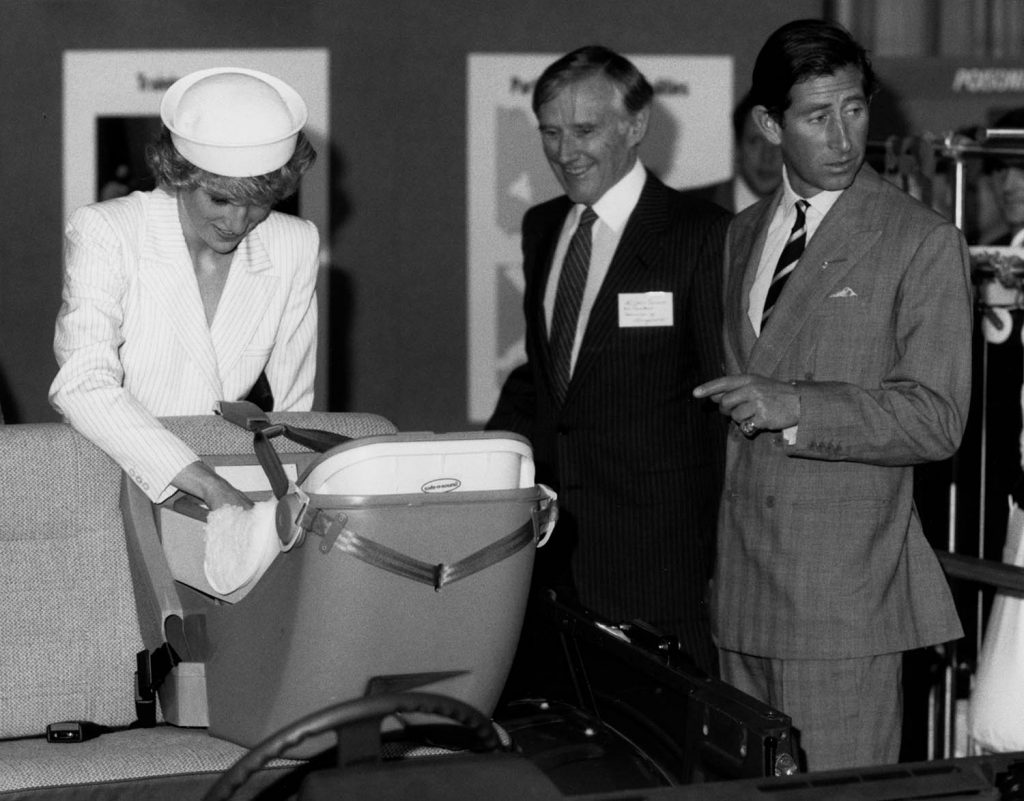
Child Accident Prevention Centre
Established by a former staff member, Dr A Murray Clarke, with the aim of preventing accidents through education and research.
Paediatric Emergency Transport Service (PETS) Established
Outpatient Facilities for Teenagers Established

Interpreter Services Established
Silvio Proy became the hospital’s first formal medical interpreter in 1971. Interpreter Services became its own department in 1982 and Proy established standards and training for professional interpreters. Prior to this, volunteer services had been heavily relied on to interpret for families.
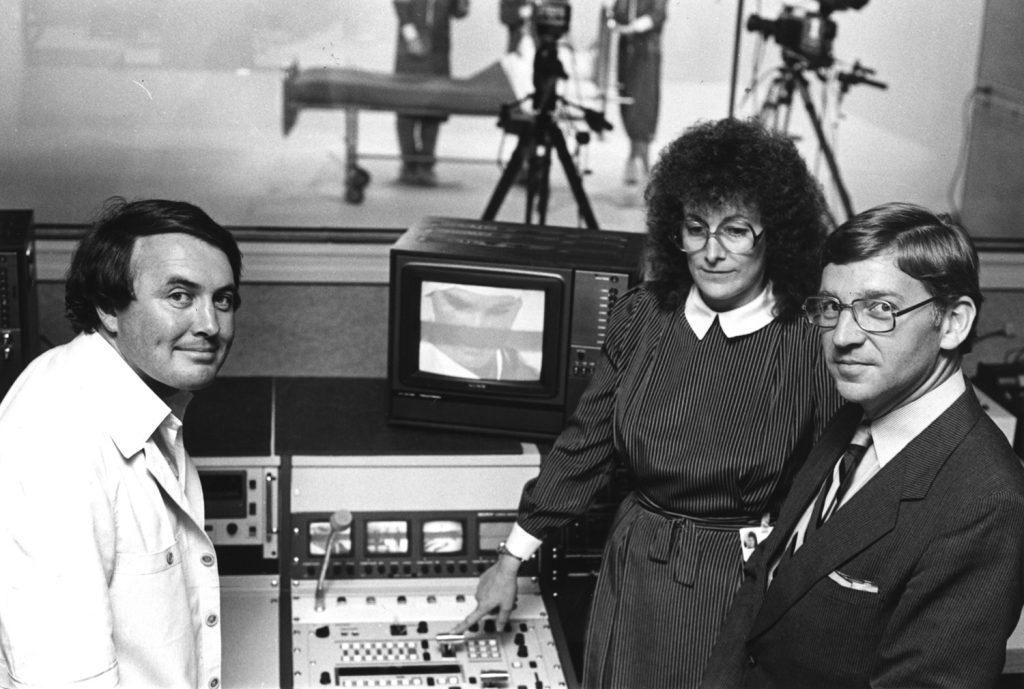
Educational Resource Centre
Led by Lynda Stephens, photographers, film makers, designers and illustrators began a program of creating educational and entertaining content used by the hospital and clinics state-wide.
Establishment of the Adolescent Ward
This allowed children over age 14 to receive treatment at the hospital.
Speech Pathology
Speech pathology became a stand-alone department, with Bronwyn Parry-Fielder in the lead role, which she held for 22 years.
Gatehouse Centre Established
Originally named the Child Protection Unit, the department’s focus is on children suffering from abuse and maltreatment.
Murdoch Institute launched POSSUM
Developed by the hospital’s staff, including Professor David Danks AO, Dr Agnes Bankier OAM and Dr David Pitt, POSSUM was designed to record and identify birth defect syndromes.
First Heart Transplant at the RCH
October 5th, 1988
Chief Cardiac Surgeon Mr Roger Mee AO performed the operation, with the support of a talented cardiac team.
Care by Parent Unit Opened

‘Going Nuts with Macadamia’ First Aired
The Education Resource Team produced the hospital's first in-house television show. Now known as ‘Be Positive’, the show provides patients with a morale boost, entertainment, and familiarisation with hospital equipment and procedures.
[Proudly sponsored by the team and customers of Woolworths.]
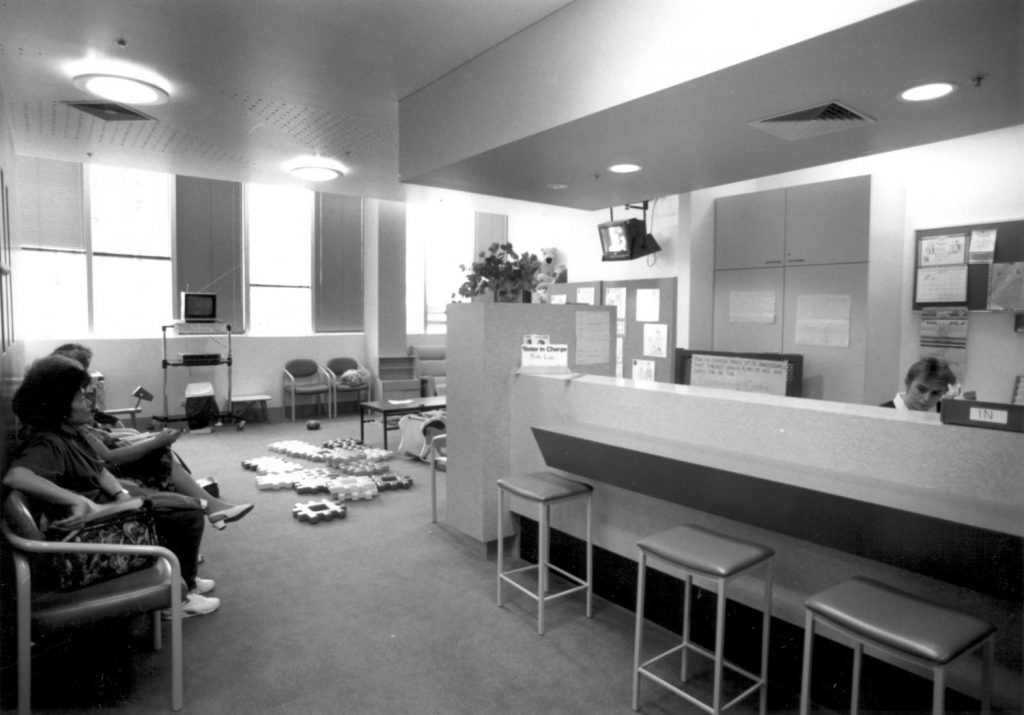
Day Centre Opened

Music Therapy Program Established
Funded by the University of Melbourne.
Introduction of High Frequency Oscillatory Ventilation
Centre for Community Child Health Established
The centre supports health and development of vulnerable and disadvantaged children.
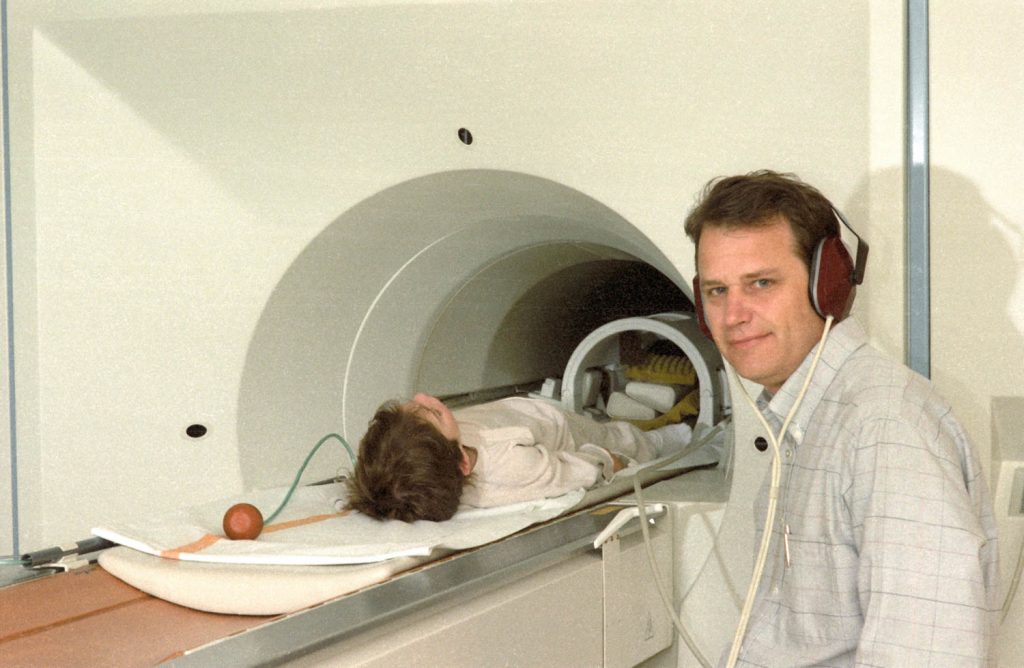
Magnetic Resonance Imaging (MRI) Equipment First Used at the Hospital
Image credit: Lloyd Ellis
First Liver Transplant
Baby Jordyn was the youngest liver transplant patient in Australia.
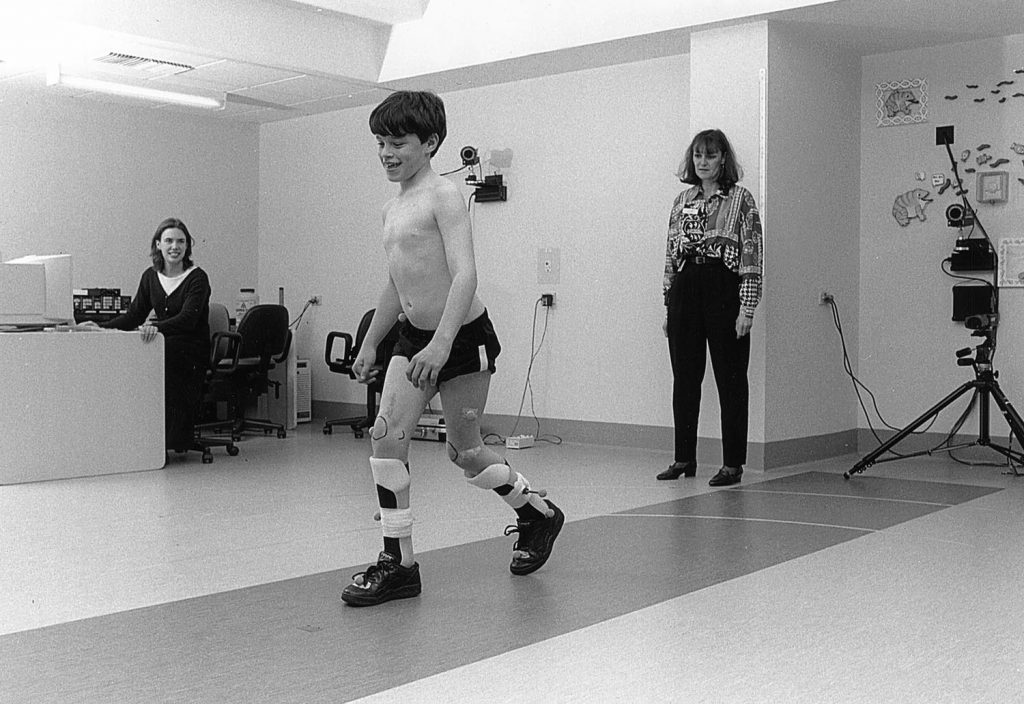
First Gait Laboratory in Australia
For treatment of orthopaedic conditions.
RCH International Established
Based on the success of Professor Garry Warne AM’s annual lectures at the National Hospital of Paediatrics in Vietnam, a new department was established. Initially known as Children's Hospital Asia-Pacific Alliance, RCH International used grants to build programs, design facilities and provide training for Asian hospitals and their staff.
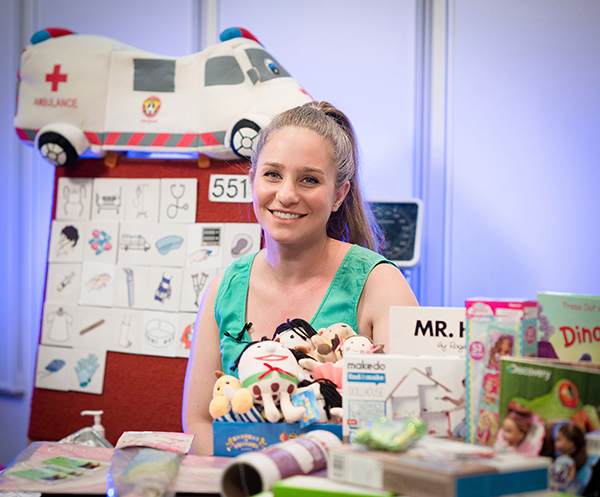
‘Hospital Lingo’ First Aired
Now a popular weekly hospital television segment, the interactive show aims to reduce patient anxiety through familiarisation with hospital apparatus, while also providing entertainment.
[Proudly sponsored by the team and customers of Woolworths.]
Image credit: Alvin Aquino
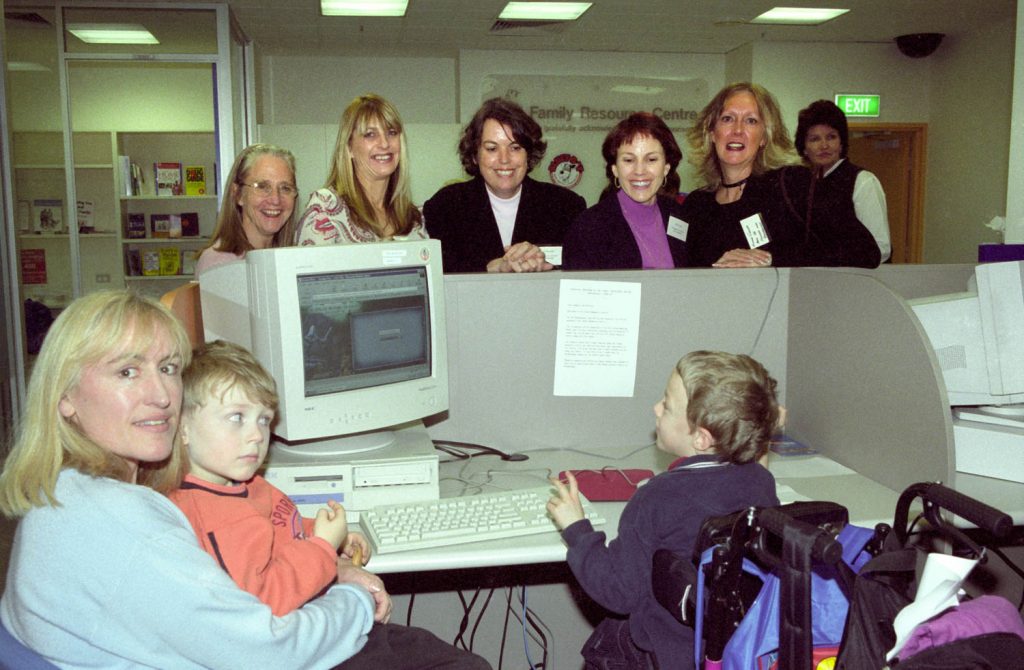
Establishment of the Family Resource Centre
Now known as the Family Hub, the space provides space and entertainment for families spending time at the hospital.
Image credit: Peta Philp
Short Stay Unit Established
Designed to streamline the admission of patients who present to the Emergency Department in need of short-term care.
First Hospital in Australia to Offer Ventricular Assist Devices (VAD) to Children
VAD was used to replace the function of a failing heart while a patient waited for a heart transplant.
Conjoined Twins Trishna and Krishna Were Separated in a 30-hour Surgery
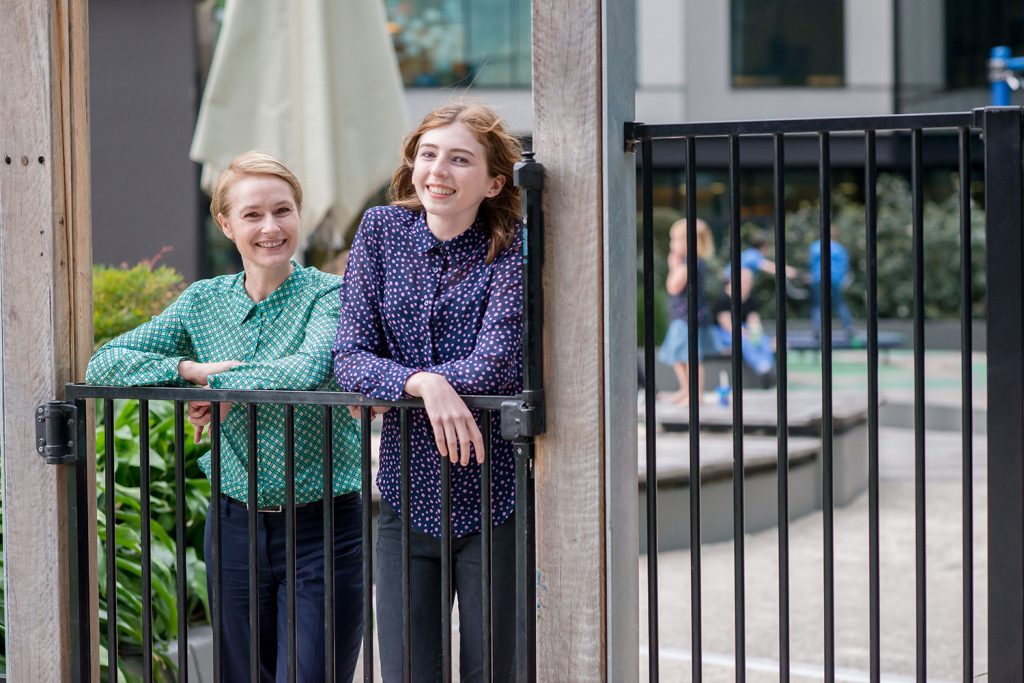
The Gender Service Established
Established to help improve the physical and mental health outcomes of patients who are trans or gender diverse.
Image credit: Alvin Aquino
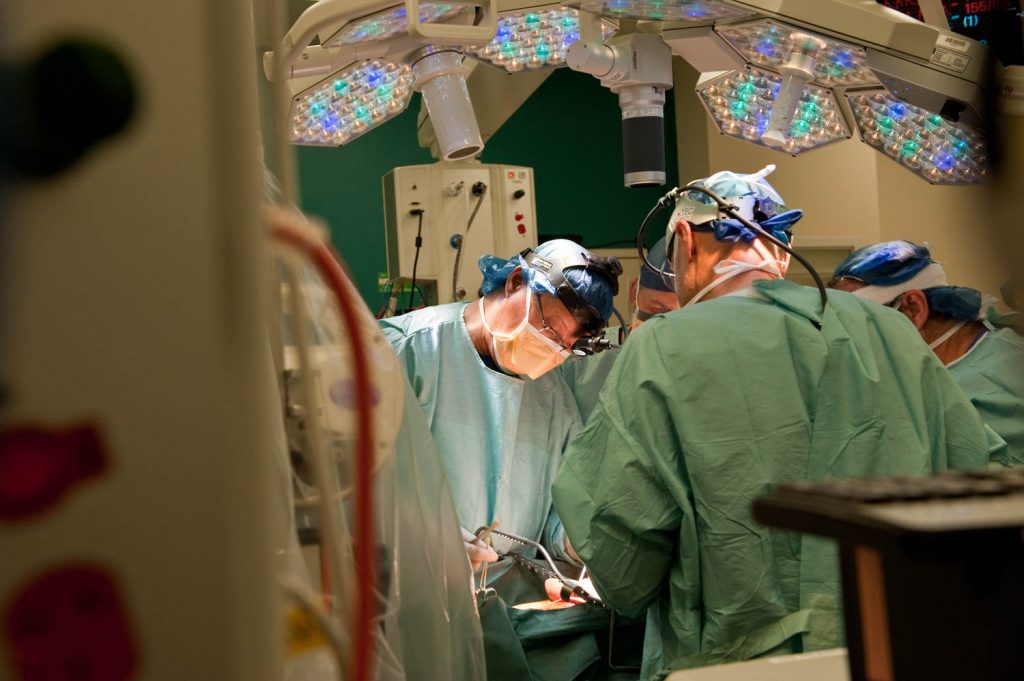
First Paediatric Intestinal Transplant
A multi-organ operation, completed in collaboration with staff from Austin Hospital.
Image credit: Alvin Aquino
RCH National Child Health Poll Commences
A quarterly, national survey is conducted to shed light on everyday life in Australian households.
Cancer-killing CAR T-cell Immunotherapy
This therapy was brought into use at the hospital, making it freely available for the first time in Australia.
















































